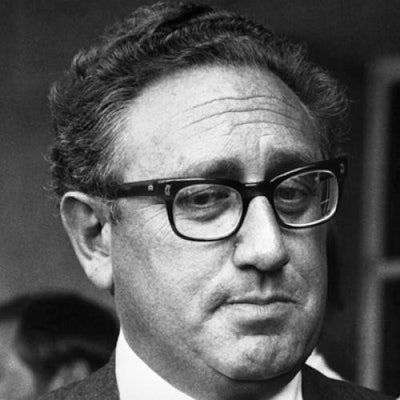Our team was first given an Excel sheet that shows the start and end dates and times, participants in the conversation, a brief description of said conversation, the location of the conversation, and the release date of the recording. There are other columns as well, but those are for identifying the physical tape itself as opposed to information about the content. The online additions to the dataset provide full transcripts of some conversations and the audio recordings too. The dataset can illuminate the context in which the recordings took place in addition to the geographical and temporal data it provides.
Additionally, the data was first recorded by way of a audio taping system set up by White House officials. The system recorded many important conversations concerning the Nixon Administration- with recording devices set up in the Oval office, the Cabinet Room, and the Aspen Lodge at Camp David-dating from February 16, 1971 to July 18, 1973. The National Archives has made the recordings readily available to the public through the creation of a standardized and open format. Such formating includes comma-separated values (CSV) files and zipped folders containing seven JavaScript Object Notation (JSON) files. Moreover, the staff at the National Archives used varying analysis techniques to structure the metadata according time, date, and location of each conversation (which total over 4,000 unique data rows). Interesting enough, the staff used audio translating software to generate writing script of select conversations in order to preserve accuracy of such accounts.
Furthermore, the original sources of the data are from the national archives of the US government. The White House Tapes contain sound recordings from President Richard Nixon's telephone calls recorded at the White House in Washington D.C. and the Presidential Retreat at Camp David, MD, recordings from meetings in the White House's Oval Office, Cabinet Room, President's office in the Old Office Executive Building, and Aspen Lodge at Camp David. The Richard Nixon Presidential Library and Museum is part of the National Archives and Records Administration, and is trying to digitize all of the tapes for public use.
Moreover, the organization of the dataset is arranged using the given parameters of time, sequence, location, participant in conversation, and collection. As a dataset generated by the National Archives and Records Administration, the presented ontology is intertwined with state power on the federal level. The dataset's relationship with the government informs its ideological framework, using parameters that are in line with the predominating, Western conceptions of time and location. Being a catalogue of conversations held by the president, the situated data is inherently ego-centric. Each entry point revolves around the president, as every record represents a conversation held by officials surrounding him during his administration. There are dense power dynamics contained in the relationships expressed in the data, as these conversations were responsible for policies, and decisions with immense impact.
Finally, if our dataset (the initial CSV file) was the only source, some information that would be left out would include the audio recordings, transcripts, and political context of the dataset. While the existence of these tapes say a lot about President Nixon's own insecurities and paranoia within his own administration, the CSV alone does not fully convey these emotions and the user truly gets a better sense by listening to his voice and mannerisms as well as reading through transcripts. Who President Nixon talks to and how he talks with each individual often reflect the stress that he was under that the original CSV file did not since it was primarily made for record-keeping purposes for the Richard Nixon Presidential Library.


























